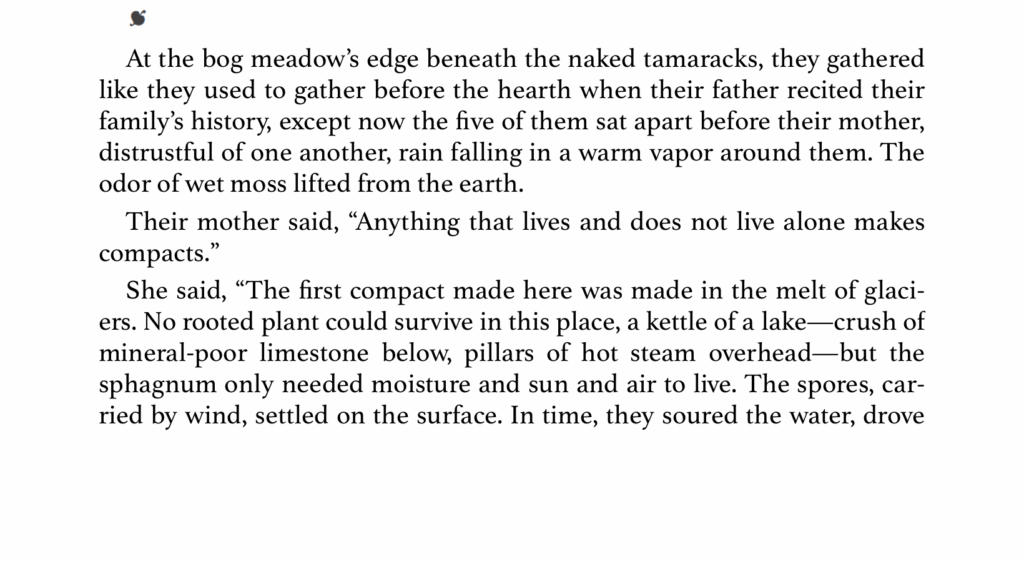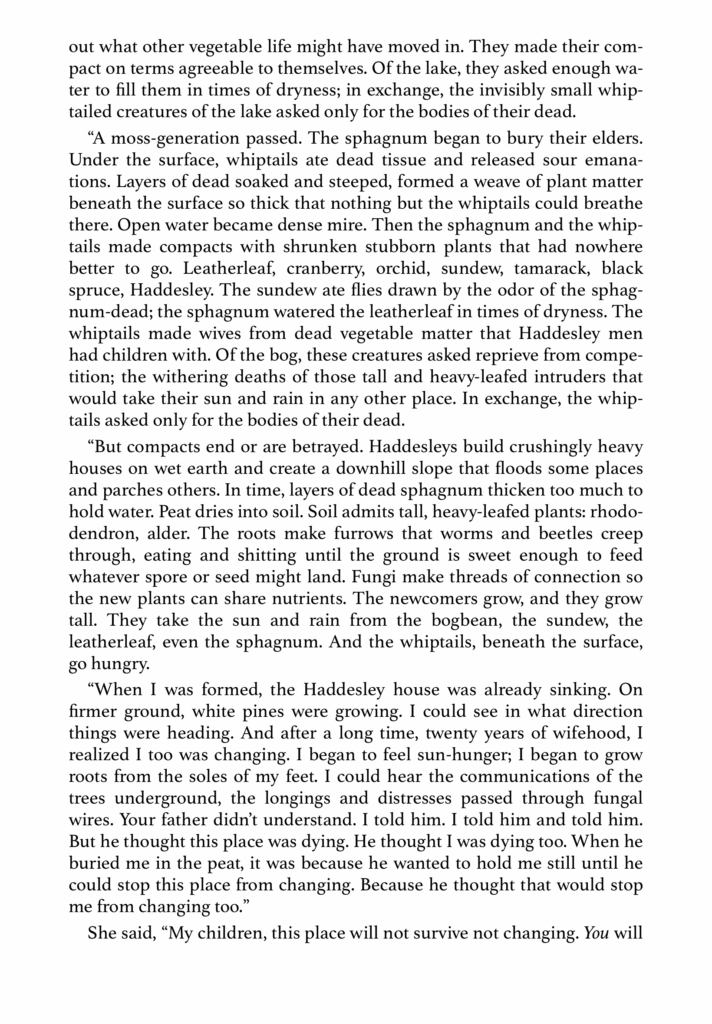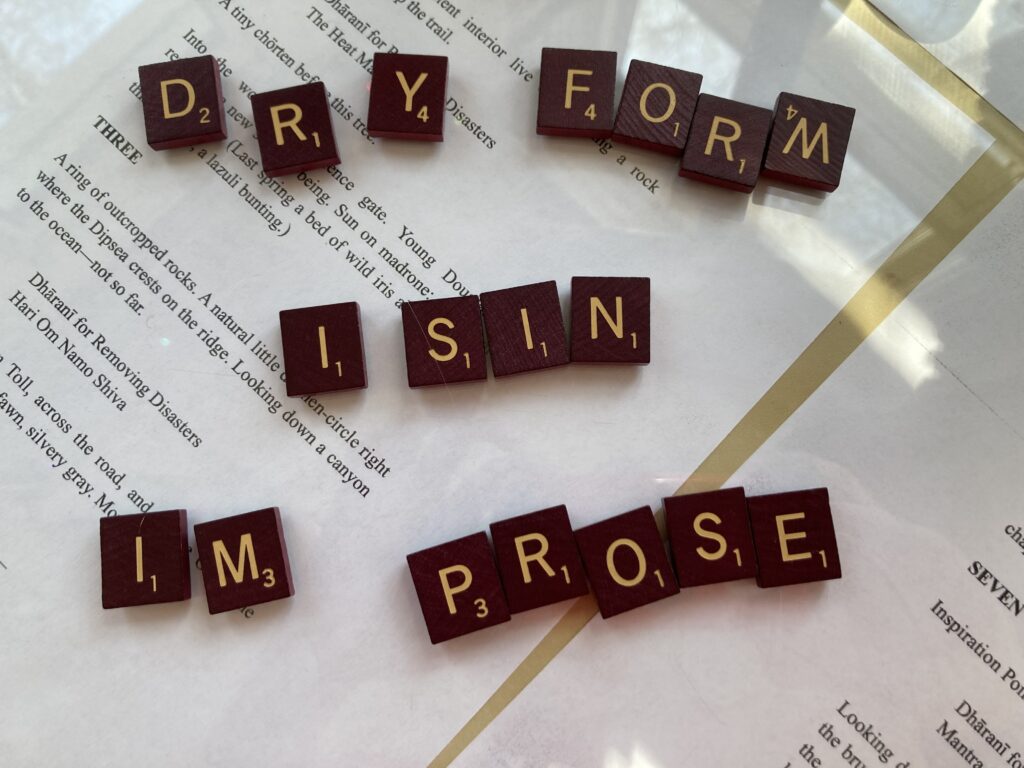yoga: 20 minutes
hip opening
Last week, RJP sent me a yoga video that’s been very helpful with tight hips/glutes/sciatica. I did it this morning and it was great. Was it why I felt so calm and relaxed on my walk?
walk: 50 minutes
winchell trail south to folwell
58 degrees
Deep into spring — red tulips everywhere, light green leaves, grass. Birds, shadows, bikers.
Overheard —
biker 1: I just love biking!
biker 2: me too
Walked to the winchell trail, then to the back of the oak savanna, on the other side of the mesa, then to the paved part of the path. Warm and peaceful. Some wind.
10 Things
- a biker listening to music — it probably wasn’t, but it reminded me of the Macarena
- water dripping steadily and with an echo over the limestone ledge in the ravine
- more green in the savanna
- the chain link fence beyond the mesa was almost buried in the bluff — steep and slowly eroding — how many years before this fence is buried or falls in?
- silver sparkles on the blue waves
- a trail runner passing by — hello / hi! — I liked watching their heels lift and drop, lift and drop
- the graffiti I noticed last week on the 38th street steps is still there
- tree trunks and thick roots emerging from the hill, many intertwined, some gnarled and knobby and knotted
- 2 distinct and soft horizontal lines dividing bluff and tree line from sky
- the soft shadows of trees stretching across the greenish grass on the boulevard
What a wonderful walk! What a beautiful day! No back or hip or leg pain. No anxiety. Lots of deep breaths and flashes of past spring hikes on the edges of suburban developments in the little bit of woods still left. Briefly, I thought about orange (which I had been thinking about before my walk). I pulled out my phone and made a note about Alice Oswald’s Dart and Nobody and how she sees orange underwater.
Here’s the AO reference, which I posted about on 28 july 2024.
excerpt from Dart/ Alice Oswald
He dives, he shuts himself in a deep, soft-bottomed
silence,
which underwater is all nectarine, nacreous. He lifts
the lid and shuts and lifts the lid and shuts and the sky
jumps in and out of the world he loafs in.
Far off and orange in the glow of it he drifts
nacreous = iridescent/iridescence = “a lustrous rainbowlike play of color caused by differential refraction of light waves (as from an oil slick, soap bubble, or fish scales) that tends to change as the angle of view changes (Merriam-Webster Dictionary).
Last week, the water had streaks of red — or maybe tangerine? — in it. Today, blue-green. Not iridescent below, maybe above?
A different take on the far off orange glow: a buoy, or the idea of a buoy, or the certainty that a buoy, orange and glowing, is there.
Orange
It’s the last day of April. My theme was supposed to be steps but ended up being color. It seems fitting to end it with orange, the color that matters the most to me and that I can’t always see. I posted this poem a few days ago. This morning, I’m returning to it to explore its various references.
Orange/ Noel Quiñones
If I have a gender, let it be a history learned from orange
Freak Sun Sucker Queer Orange Boy
Rumor of 6th grade sunrise, dressed in you I was a child
of unspeakable obsession. Archaic language, Giolureade
rumor: not sure what this (if anything) a reference to, but it reminded me of the opening of Carl Phillips’ poem, “Night Comes and Passes Over Me”: There’s a rumor of light that/any dark starts off as.
obsession: because I can’t see it, but seemingly, in order to swim across the lake, I need to, I have become obsessed with orange.
giolureade: portmanteau, yellow-red
Until Margaret Tudor, Queen of Scots. Her lips unlocked
your sarcenet line, my fingers knew taste before the orange
Margaret Tudor: The earliest known use of orange as a color name in English was in 1502, in a description of an item of Margaret Tudor’s clothing.
sarcenet line: thin, soft lining often in bright colors and used in elaborate dresses
Dared on Norwood apartments, Dutch colonies
hunted man straight into your family crests of orange
Dutch colonies: William and the House of Orange
Scraped from dust to crown our bruises, warriors we
stared directly into the sun, Tainos dyed in orange
dust/bruises: arnica?
Tainos: original inhabitants of Puerto Rico
As if we always knew we were history. Amber hardened into gold
tricking mortals, mortals tricking gods asking Was it the fruit or the color?
amber tricking mortals: alchemy?
First, Tibbets’ grove, millions of fruits grafted
instead of born, from two parent orange trees
Timmerts’ grove: “In 1873 Eliza Tibbets received two new grafted orange trees to grow and test, from the botanist William Saunders, the Director of the new U.S. Department of Agriculture in Washington, D.C.[4] He had ordered the original cuttings from Bahia, Brazil.”
The key to a philosopher’s stone: Colormen flirting
with volcanos to retrieve your arsenic orpiment
philosopher’s stone/volcano/orpiment: “From antiquity to the end of the 19th Century, a volcanic mineral found in sulphurous fumaroles (great gashes in the Earth’s crust) was a significant source for the harvesting of orange pigment. The highly toxic orpiment, rich in lethal arsenic, ripens from mellow yellow into outrageous orange when subjected to the heat of a fire. Convinced that the luminous shimmer of orpiment (its name is a contraction of Latin aurum, meaning ‘gold’, and pigmentum meaning ‘colour’) must be a key ingredient in concocting the Philosopher’s Stone, alchemists for centuries risked exposure to the noxious substance” (source).
Forever in danger of sliding into another color, I ran
after you, tracing rivers and creeks and streams of citrus
sliding into another color: “forever in danger of sliding into another color category” (The Secret Lives of Color)
The Washington Navel Orange, a second fruit protruding:
not a twin, nor translation, but a new name every season.
not a twin, nor translation, new name: “For centuries, growers noticed that orange trees would occasionally, spontaneously produce individual fruit different from the that of rest of the tree, with fewer or more seeds, a thicker or thinner skin, a sweeter or sourer taste” (source).


